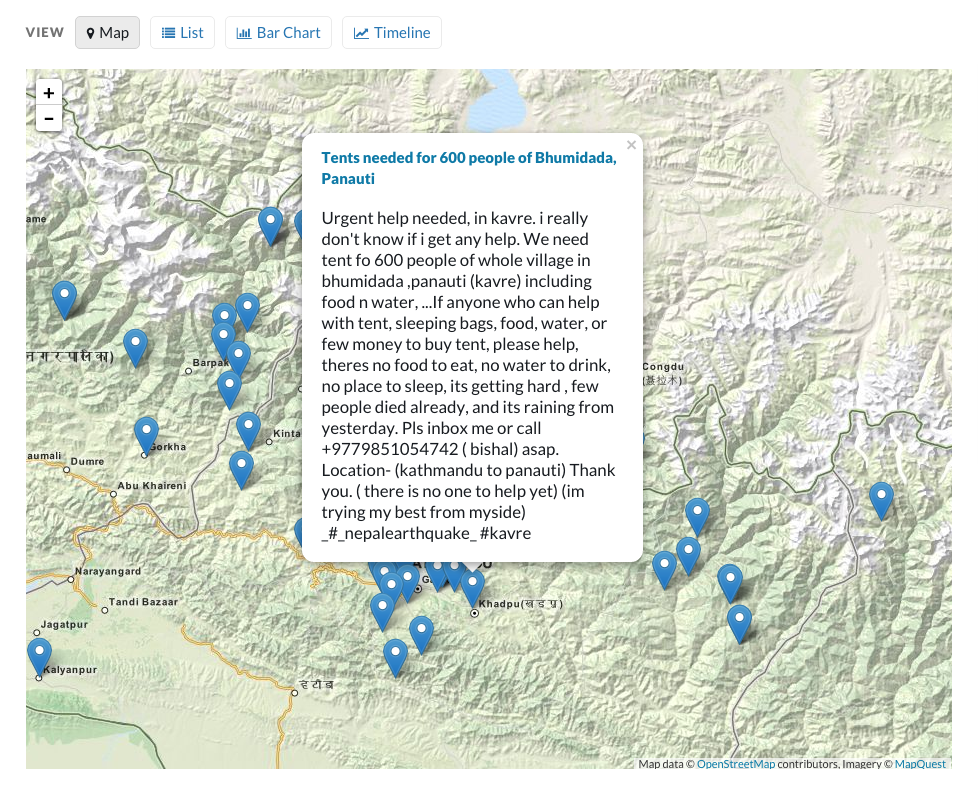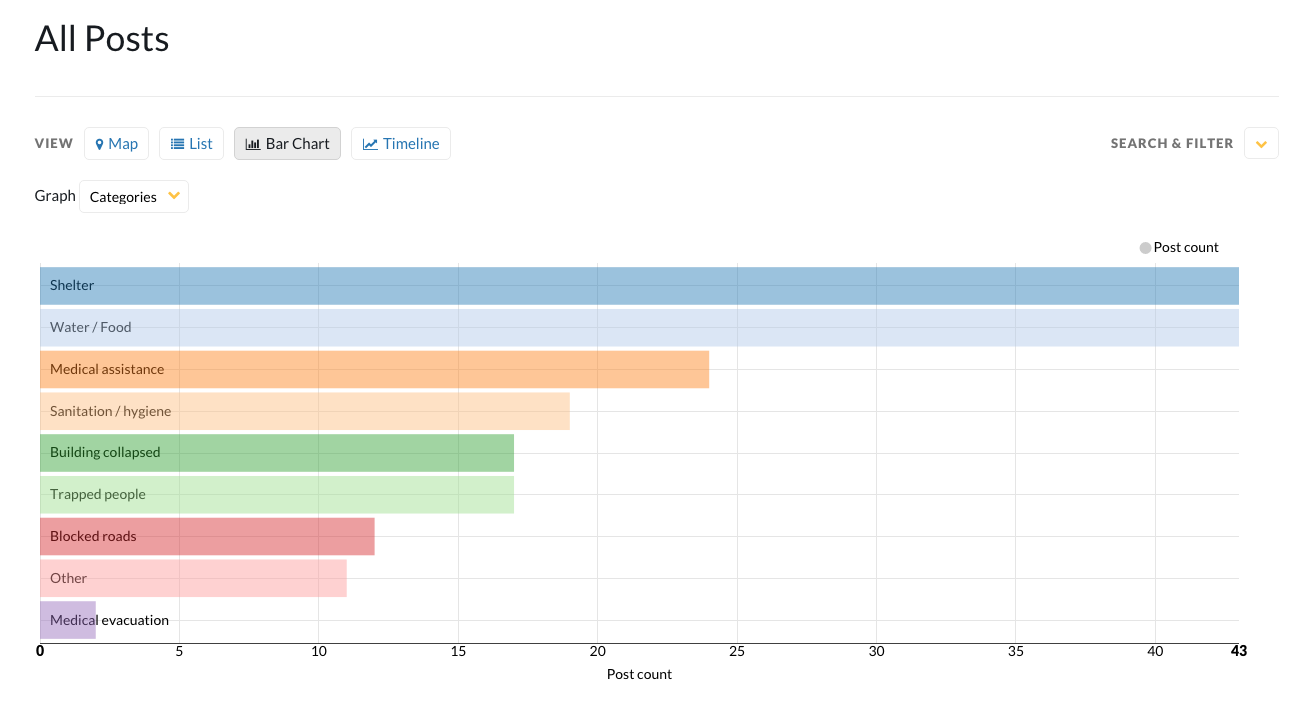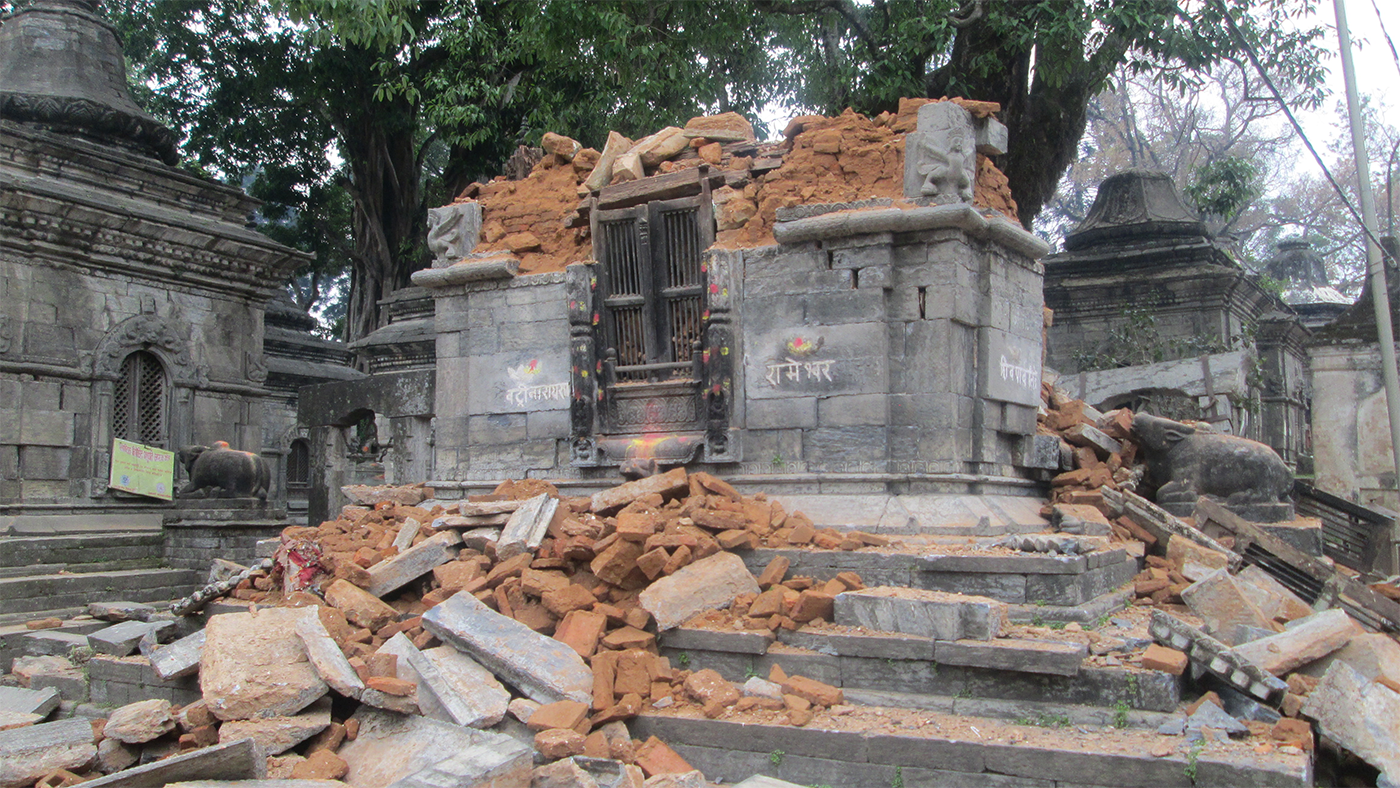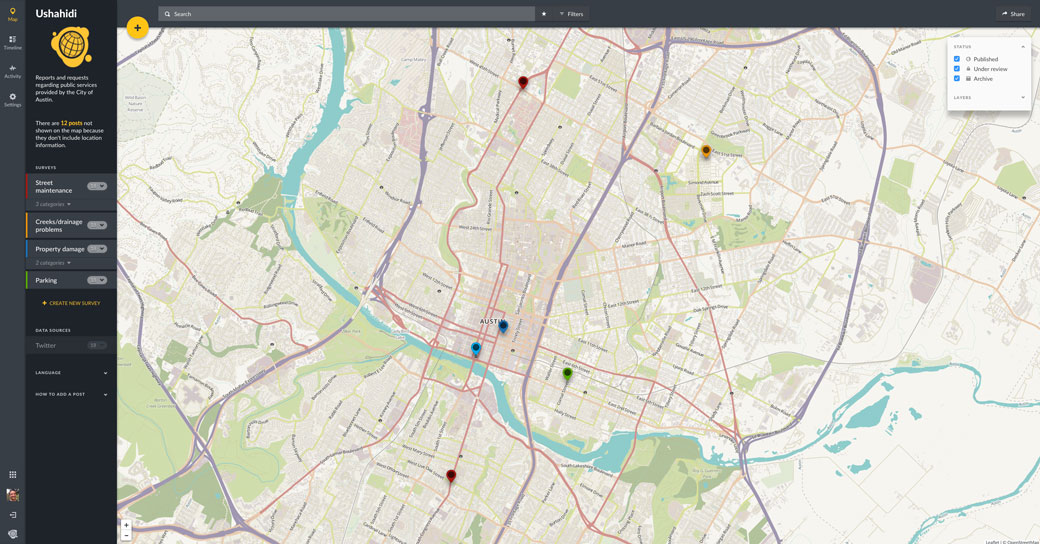Kathmandu Living Labs was able to map all the health facilities in Kathmandu Valley before the earthquake, which will undoubtedly help the relief workers’ ability to deliver supplies and help save lives.
On April 25, 2015, a 7.8 magnitude earthquake devastated Nepal killing more than 9,000 people and injuring over 23,000 people. Much of the infrastructure around the country was severely damaged, leaving hundreds of thousands without shelter or basic necessities.
Kathmandu Living Labs, an organization dedicated to the co-creation and implementation of mobile and internet-based technology solutions to enhance urban resilience and civic engagement in Nepal, deployed the Ushahidi platform to start collecting reports from the ground. The goal of the crisis map was to match the earthquake-hit people's needs with ongoing relief efforts being conducted by various government, non-government and volunteer groups.

Ushahidi helped agencies see what was happening on the ground as it was unfolding. Organizations could see who needed what kind of relief, when and where. They could then follow up to see that aid was actually delivered. In one case, 18 trekkers from a relief center were stranded between dangerous landslides in Dobhan. They were evacuated within 48 hours of receiving the report, and food supplies were distributed to more than 60 others living in the area.
Another report called for urgent relief in Chayarsaba where the situation had become dire. Roads were blocked and unstable, and the residents in the area had no access to clean water as the pipes for the water supply had been damaged by a land slide. The Kathmandu Living Labs team was able to verify the location of the reported needs and what exactly was needed. Upon follow up, roads had been cleared, new water pipes were secured and installed by the community, and multiple food drops were confirmed.

With over 2000 reports, the KLL team processed and routed reports to more than 50 military and civilian aid organizations. A total of 79,000 people from 89 countries visited the map and accessed and viewed pages 206,751 times, and action was taken on more than 350 reports.


